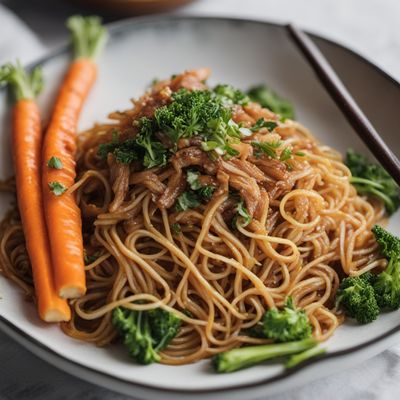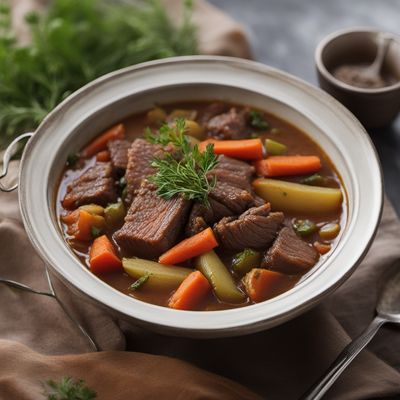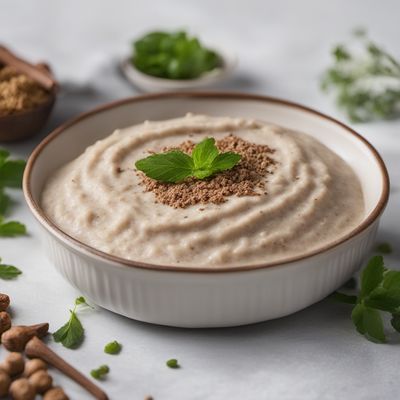
Cuisine
Lower Saxon cuisine
Lower Saxon cuisine is known for its use of local ingredients such as potatoes, cabbage, and pork. The dishes are often hearty and filling, with a focus on comfort food. The cuisine has been influenced by the region's history, with influences from neighboring regions such as Denmark and the Netherlands.
Typical ingredients
Potatoes, Cabbage, Pork, Beef, Fish, Game, Apples, Pears, Berries, Bread, Beer
Presentation and garnishing
Dishes are often served in large portions, with a focus on comfort and warmth. Garnishes may include fresh herbs or pickled vegetables.
The region is known for its many traditional dishes, including Labskaus, a dish made from corned beef, potatoes, and onions, and Grünkohl mit Pinkel, a hearty stew made with kale and sausage.
More cuisines from this region...
Swabian cuisine, Bavarian cuisine, Hamburg cuisine, Pomeranian cuisine, Schleswig-Holstein cuisine, Silesian cuisine, Rhenish-Hessian cuisine, Saxon cuisine, Brandenburg cuisine, Mecklenburg cuisine
History
The cuisine of Lower Saxony has a long history, dating back to the Middle Ages. The region's cuisine has been influenced by its proximity to the North Sea, as well as its agricultural traditions. The cuisine has also been influenced by neighboring regions such as Denmark and the Netherlands.
Cultural significance
Lower Saxon cuisine is an important part of the region's cultural heritage, and is celebrated at festivals and events throughout the year. The cuisine is also an important part of the region's tourism industry.
Health benefits and considerations
Many dishes in Lower Saxon cuisine are high in fat and calories, and may not be suitable for those with dietary restrictions. However, the cuisine is also known for its use of fresh, local ingredients.
Lower Saxon cuisine recipes

Lower Saxon Paska
Delicious Easter Bread from Lower Saxony

Lower Saxon Style Fried Noodles
Hearty Lower Saxon Fried Noodles: A Delicious Twist on Yakisoba

Lower Saxon Waffles
Savory Delights: Lower Saxon Waffles with a Twist

Lower Saxon Beef and Vegetable Stew
Hearty Harvest Stew: A Taste of Lower Saxon Countryside

Vigorón with a Twist
Savory Pork and Yuca Salad with Tangy Sauerkraut

Lower Saxon White Pudding
Savory Delight: Lower Saxon White Pudding with a Twist

Chinguirito with a Lower Saxon Twist
Savory Seafood Delight: Lower Saxon Chinguirito